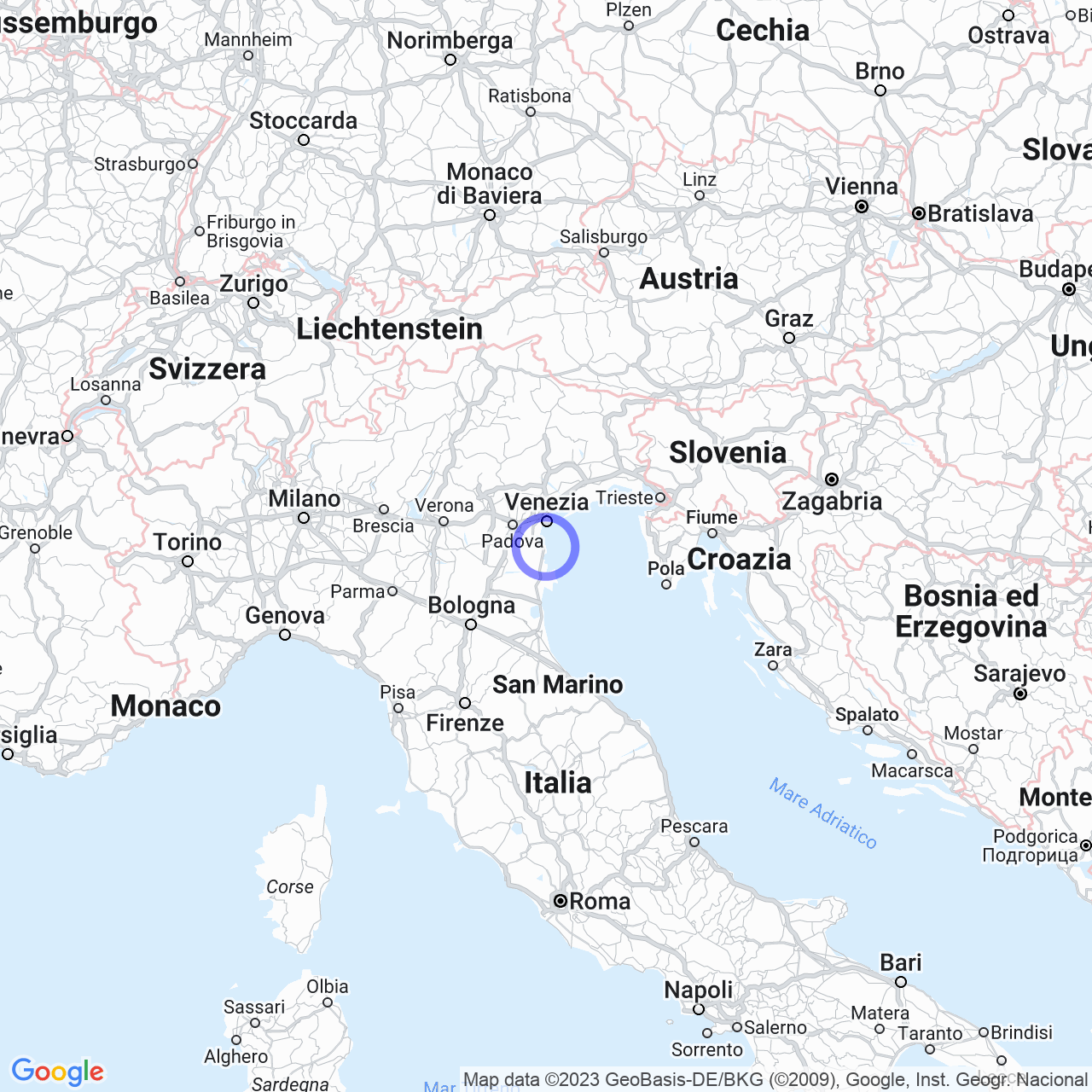Chioggia
Exploring the City of Chioggia
Hello friends! Today I want to talk to you about my recent visit to the beautiful city of Chioggia, located in the Veneto region of Italy. Chioggia is a city with a population of 47,827 inhabitants and is easily accessible from cities like Venice, Padua and Verona. It is a city located on the southern edges of the metropolitan city and borders the Venetian lagoon to the north and west, the Adriatic Sea to the east, the mouths of the Adige and the Po delta to the south.
Physical Geography
The city is located on a group of islets divided by canals and connected to each other by bridges. Unlike Venice, most of the area is accessible by cars and public transport. The city of Chioggia can be divided into different geographical areas. The historic center of the city is located at the southern end of the lagoon, while Sottomarina, Borgo San Giovanni and Brondolo form a single urban center thanks to the creation of the Island of Union and its namesake bridge that cuts the Lusenzo lagoon.
The rest of the city is located inland and includes the mouths of the Brenta-Bacchiglione and Adige, with numerous other minor rivers and canals to the south and the internal lagoon coast up to the Millecampi Valley to the northwest of Chioggia. Also significant is the presence of the Bosco Nordio nature reserve between the two fractions of Sant'Anna and Cavanella d'Adige, which provides a rare example of what was the vegetation of the high Adriatic coast, which in ancient times distinguished much of the territory of the entire Gulf of Venice.

Climate
In Chioggia, the climate is a sub-Mediterranean climate type, thanks to the presence of the Adriatic Sea that mitigates the humid temperate climate of the Po Valley. As average temperatures, the coldest month, January, has an average temperature of +2.9 °C, while that of the hottest month, July, is +23.8 °C.
As for precipitation, the spring and autumn seasons are the rainiest, while snow is not very frequent in winter due to the presence of salts from the sea and lagoon waters.
Regarding winds, the main ones blowing on the city are Bora, Scirocco, which causes the phenomenon of high water, and Libeccio.
History of Chioggia
During my visit, I came across many testimonies of the city's past. Several statues dating back to the ancient period, dating back to the Roman Empire, have been found. It is said that the city was founded for the first time in the 5th century.
Also interesting is its period when it was subject to the Serenissima Republic of Venice: precisely in that period, the city of Chioggia had a strategic position, representing the outlet of the maritime trades of the Republic towards the Po Valley.
The city has its symbol in the corner of the Palazzo Comunale, unique in Veneto.
Events and Celebrations
In Chioggia, there are many celebrations and events that offer tourists the opportunity to experience cultural stories and stimuli. One of these events is the Historical Regatta, which takes place every year on the second Sunday in September. Here, the historical parade of some typical boats of the city is reproduced. The celebrations of Madonna dell'Acqua, which is held on the first Sunday of July, and the festival of San Domenico, the patron saint of the city of Chioggia, which is celebrated on August 4, are also of great importance.
Conclusion
Chioggia is a wonderful city, full of history and culture. Its geographical location makes it even more fascinating and its events and celebrations make it unique. I recommend visiting it, perhaps during the summer to enjoy the breeze of the Adriatic and the Mediterranean climate. Above all, do not miss the opportunity to taste the typical delicacies of the city, such as Chioggia's famous fish or fried fish. You won't be disappointed!
